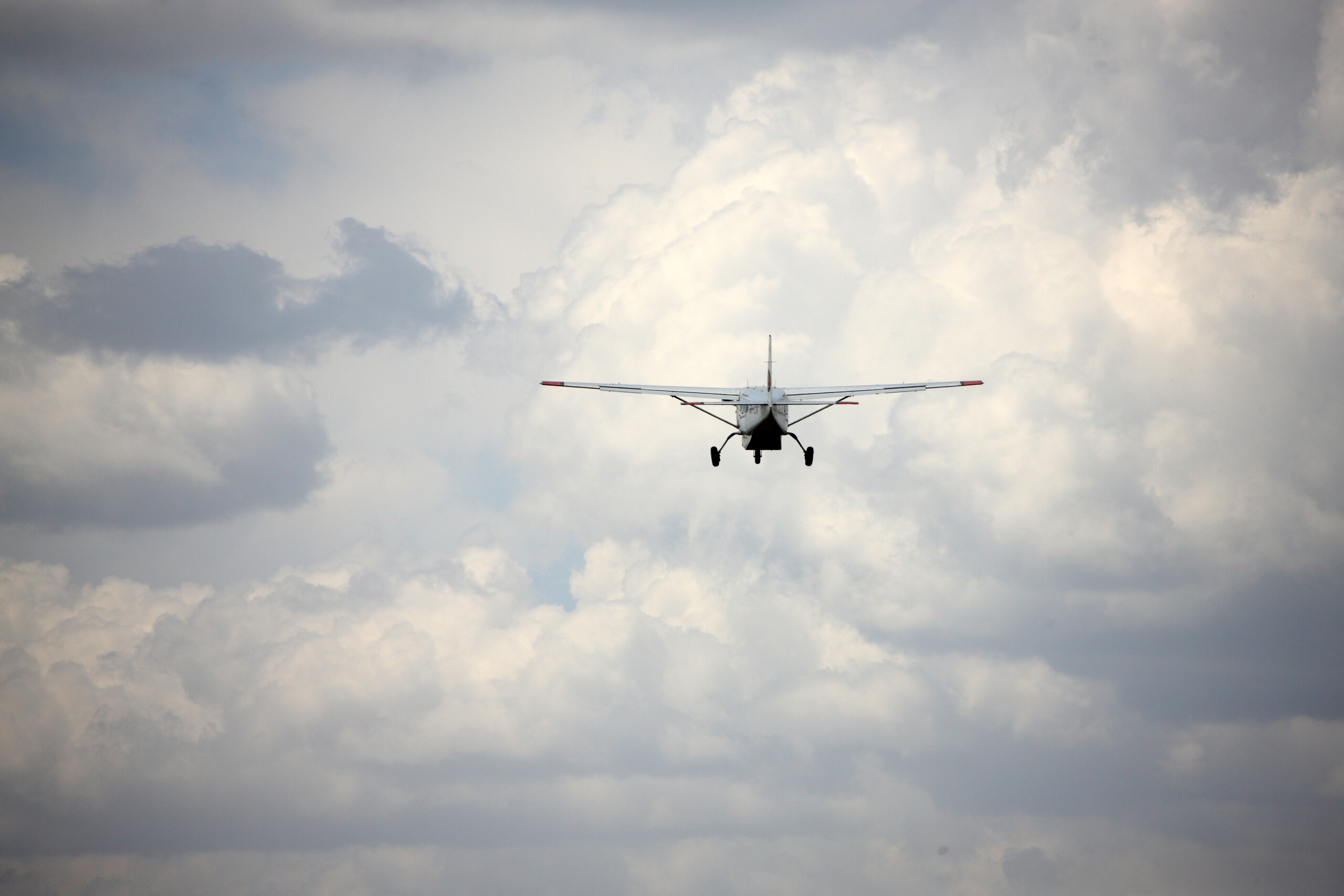This report is taken from our NASA ASRS [1]sister organisation’s CALLBACK publication Issue 531 (April 2024) and refers to a Cessna 188 incident that resulted from a mistake made during elevator cable maintenance work. The report highlights the value of reports being made by other than just pilots and controllers, and we commend the technician’s open and frank report about the incident. CHIRP is a confidential reporting programme for all those involved in aviation, not just pilots and controllers, so, come on all you engineers, ground handlers and other supporting specialists, we’re sure there are plenty of things that we can all learn from you in the spirit of ‘I learned about Human Factors from that’!
Although the report focuses on maintenance factors, conducting first flights after maintenance activities is one of those areas that deserve special consideration by the pilots concerned. You have to be ready for anything to happen at any time, and especially regarding controllability of the aircraft just after take-off. In the gliding world, best-practice post-rigging and pre-flight checks include someone gently restraining the control surfaces whilst someone else moves the controls just to make sure that all the cables etc are connected properly – something worth thinking about for powered aircraft post-maintenance checks. What extra mental and physical steps do you take as part of your Threat & Error Management (TEM) processes for post-maintenance check flights? What about the weather? Do you make sure such flights are conducted in good VFR only, resisting any pressure to get them done in less than sparkling conditions?
From the maintenance technician’s report:
During the annual inspection of the Cessna 188, I removed a clevis bolt that secures the upper and lower elevator control cables to the control stick. I found the bolt to be excessively worn, so the cables remained detached while a replacement bolt was on order. When the new clevis bolt arrived, I installed it into the control stick, securing only the upper cable. After installation, I moved the control stick to actuate the elevator, and it seemed to work properly, because the attached cable moved the elevator up, and gravity pulled the elevator back down. Flight control freedom of movement was also checked by two other A&P mechanics and the pilot before the flight. The lower elevator control cable is routed from the control stick through a tube and then down around a pulley. When the problem was discovered, the lower cable end was hidden inside the tube. I believe the hidden cable is one factor that led to my mistake. Another factor is my failure to request a secondary maintenance check. The problem was initially discovered by the pilot just after take-off… After landing, a flight control inspection revealed a very loose elevator cable under the pilot seat… The inspector followed the cable forward to find the end inside the tube, but not connected to the control stick as it should be. I then installed the lower cable along with the upper cable to the control stick with the clevis bolt. No other discrepancies were found during the post-flight inspection.
From the pilot’s report:
Upon pre-flight inspection of the exterior and interior of the airplane, no discrepancies were discovered. All surface controls moved freely. Upon engine run-up while performing the Pre-take-off Checklist, all flight controls moved freely and in the correct manner. On take-off, I recognized the stall-warning horn and an abnormal pitch-up after rotation. I immediately provided full forward pressure on the stick and received no response. I proceeded to reduce power and add full forward trim, which lowered the nose of the aircraft. It became clear that the plane did not have elevator control. I proceeded to keep the engine in normal operating range, trim full forward, and circle back to the runway I had departed. I landed with…flaps and full aft trim (to flare), leaving the stick full forward. The landing was uneventful. I taxied over to Maintenance. Upon inspection of the aircraft, an elevator cable, which [should have been] connected at the base of the stick, was not connected. This cable and pulley are only visible when panels and other coverings are removed.
[1] As for CHIRP, ASRS collects voluntarily submitted aviation safety incident/situation reports from pilots, controllers, and others but on a much larger scale (ASRS currently receives 8-10,000 reports a month). ASRS educates through its newsletter CALLBACK, its journal ASRS Directline, and through its research studies. Its database is a public repository for individuals and organisations world-wide that are engaged in research and the promotion of safe flight.









The flight was on [date]. The TAF used was [Airfield 3 in the region] and is below. There was no TAF for [Airfield 2] at the time of flight but the METAR is also below.
[Airfield 2] were contacted and we were given the current weather which was judged to be acceptable at that time. Students were briefed on the flight and advised with regards to actions should the weather deteriorate. A short flight conducted by myself and [name] prior to sending solo found that visibility was 10K plus and a cloudbase locally of in excess of 2000ft. A call was made to [Airfield 2] prior to sending solo and the weather there was judged as clear. The students were briefed on actions to take in the event of poor weather and this action was initiated by them. They returned safely to the airfield and were debriefed. There were no infringements, Airprox occurrences or accidents. Both students successfully completed their CCQ (Cross Country Qualification) that week and now have full PPL licences.